Discover 10 hidden attractions, cool sights, and unusual things to do in Moab (United States). Don't miss out on these must-see attractions: Slickrock Trail, Star Hall, and Moab Cliffs & Canyons. Also, be sure to include Adventure Park Moab in your itinerary.
Below, you can find the list of the most amazing places you should visit in Moab (Utah).
Table of Contents
Slickrock Trail
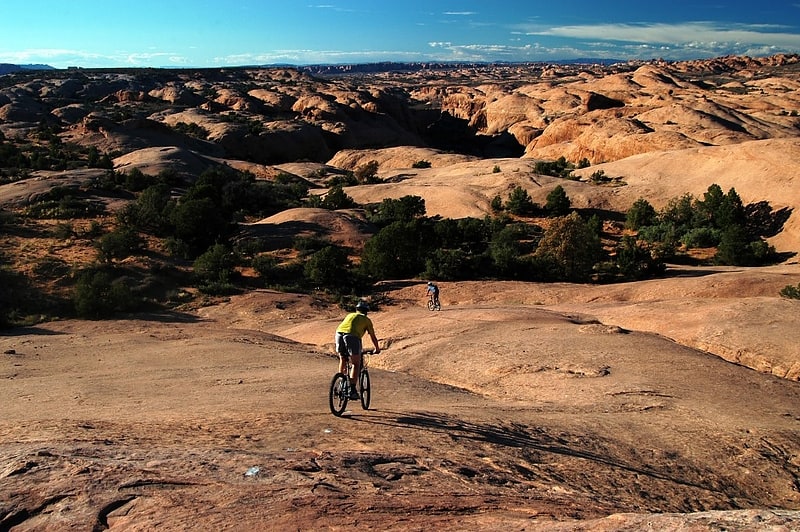
The Slickrock Trail, is a popular mountain biking destination in Grand County, Utah, United States, a few miles northeast of the city of Moab.
This 10.5-mile (16.9 km) trail takes riders over a landscape of petrified sand dunes and the eroded remnants of ancient sea beds. Mountain bikers rate the Slickrock Trail as one of the more difficult rides in the Moab area, both technically and cardiovascularly.[1]
Star Hall
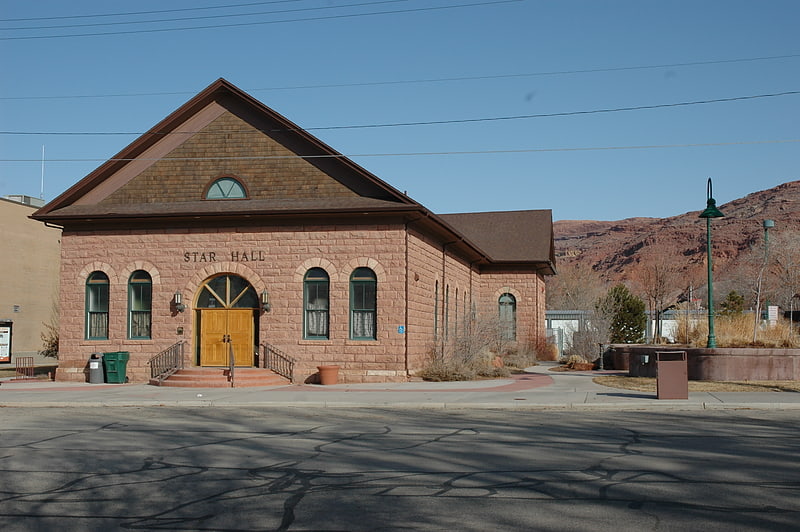
Star Hall is a historic building in Moab, Utah. It was built in 1905-1906 by The Church of Jesus Christ of Latter-day Saints for the Moab Ward after Bishop Randolph H. Stewart and second counselor Orlando W. Warner purchased the land from Leonard Leonidas Crapo, and it was designed in the Richardsonian Romanesque style. The building was later acquired by the Grand County School District. It has been listed on the National Register of Historic Places since May 14, 1993.[2]
Moab Cliffs & Canyons

Nature, Natural attraction, Climbing tours, Tours, Outdoor activities, Canyon
Address: 253 N Main St, 84532-2342 Moab
Adventure Park Moab
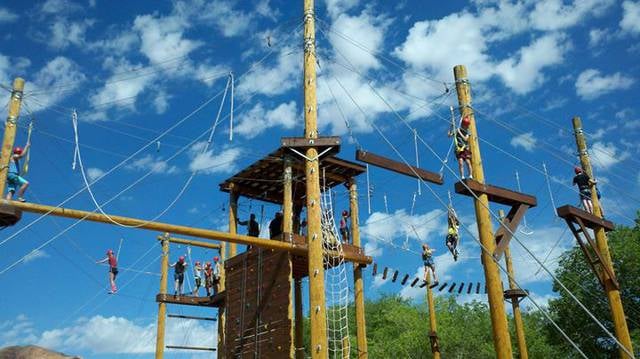
Adventure park, Tours, Outdoor activities, Park, Relax in park
Address: 422 Kane Creek Blvd, 84532-2527 Moab
Moab LDS Church
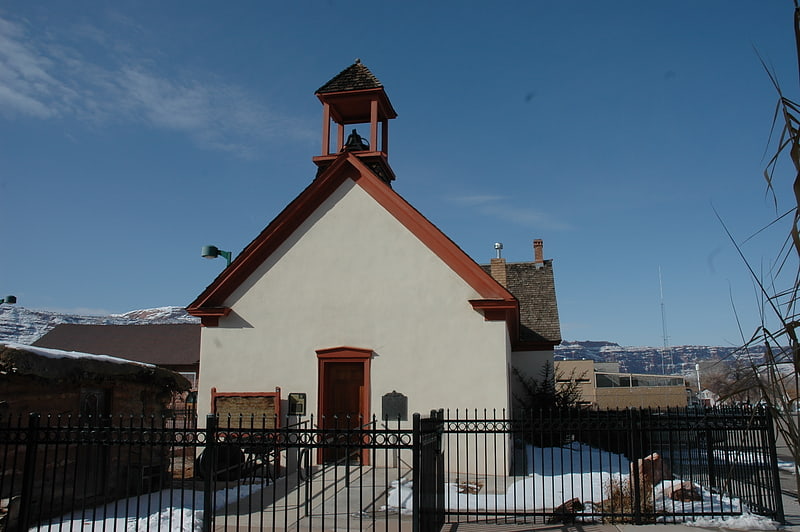
The Moab LDS Church is a historic church in Moab, Utah. It was built with adobe for The Church of Jesus Christ of Latter-day Saints in 1888–1889, on land that belonged to Leonidas L. Crapo. The local bishop, Randolph H. Stewart, had acquired the land in 1884, and he later sold it to his second counselor, Orlando W. Warner. The church was designed in the Greek Revival style, and it was later stuccoed. The building was deeded to the Grand County School District in 1925. By 1937, the Daughters of Utah Pioneers began holding their meetings in the old church. It has been listed on the National Register of Historic Places since November 28, 1980.[3]
Moab St. Pius X Roman Catholic Church
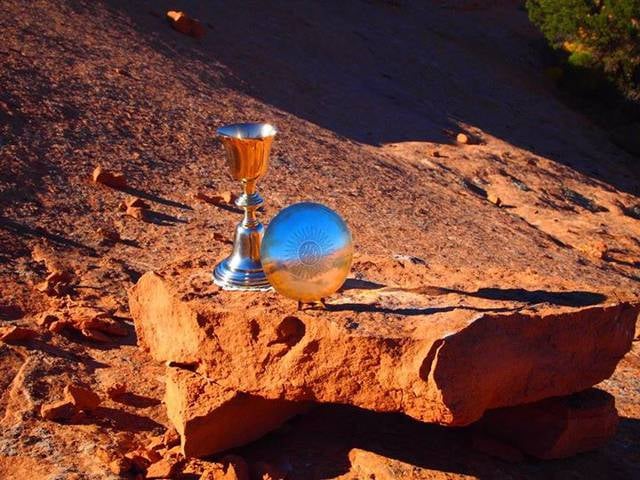
Church
Address: 122 W 400 N, 84532 Moab
Moab Cabin
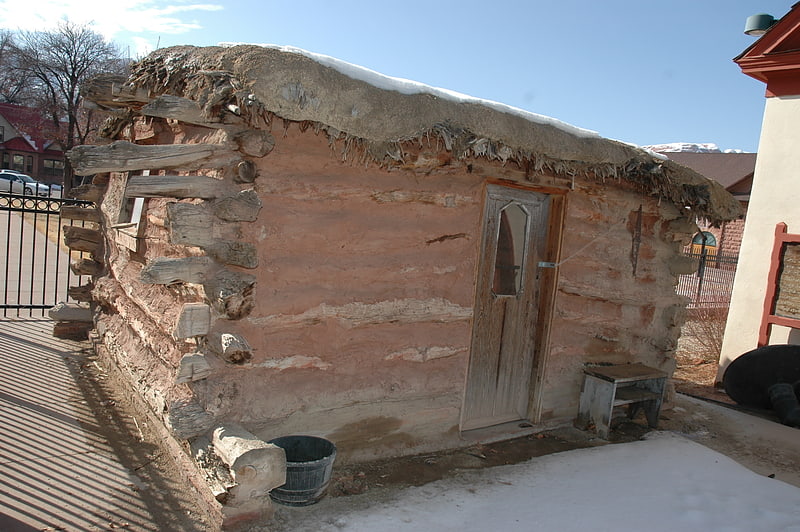
The Moab Cabin, on E. 1st St. in Moab, Utah, was built around 1893. It was listed on the National Register of Historic Places in 1980.
It was built of rough-hewn logs uneven notching at the corners, and with mud chinking. It has a flat roof of parallel logs with branches and mud added, and, in 1980, with living plants. Its NRHP nomination describes its significance: "The Moab Cabin is important to the city of Moab because it is a tangible link with the community's earlier days, and because the history of the cabin in many ways perfectly reflects the progress of history in many of the major economic and social events that have been important to Southeastern Utah and the American West in the last 100 years. Built by Mormon pioneers, used by cowboys who served the area's cattle boom, owned by the first clerk of the La Sal Forest which had been created to provide sensible management of the region's fragile ecology, and home to a succession of humble prospectors who brought about Moab's Uranium boom, the Moab cabin is an important focus for regional history."
It has also been known as Balsley Cabin.[4]
John Henry Shafer House

The John Henry Shafer House is a historic house in Moab, Utah. It was built in 1884 for John Henry Shafer, a member of The Church of Jesus Christ of Latter-day Saints who moved to Moab from Salt Lake City with other Mormon settlers in 1878. Shafer married Mary Forbush in 1881, and they lived in this house, designed in the Victorian Eclectic style, until she died in 1889. He later married Sariah Eveline Johnson. Shafer was a Republican, and he served as the first member of the Utah House of Representatives from Grand County, Utah. The house was deeded to John Tangren, an immigrant from Sweden, in 1891; he lived here with his wife, Ester Alien, who was the president of the local Relief Society. It later purchased by two ranchers: Dale M. Parriot in 1912, and Richard L. Holyoak in 1941. The house has been listed on the National Register of Historic Places since May 2, 2001.[5]
Corona Arch
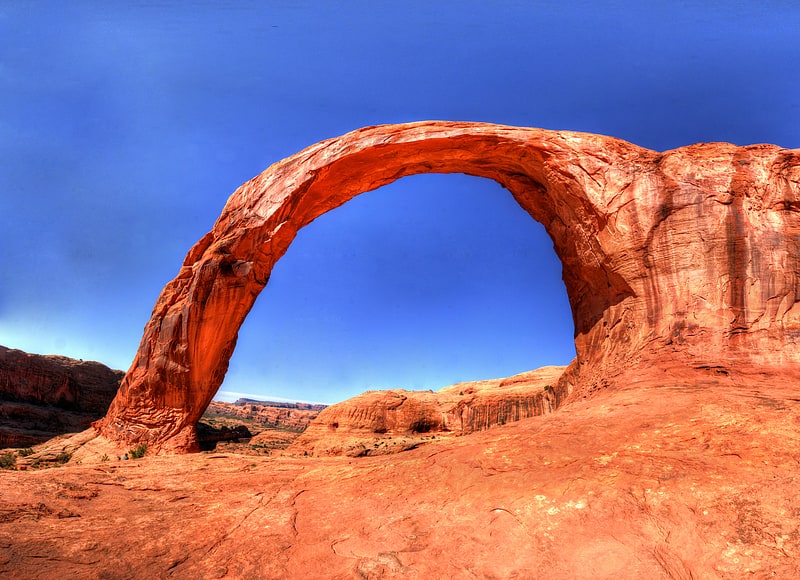
Hiking area in Grand County, Utah. Corona Arch is a natural sandstone arch near Moab, Utah in a side canyon of the Colorado River west of Moab in Grand County, Utah, United States. It can be accessed via a 1.5-mile hiking trail from Utah State Route 279.
The arch is located within the same rock formation as Pinto Arch and Bowtie Arch.
This is the site of a rope swing shown on some YouTube videos. One titled, "World's Largest Rope Swing", has garnered more than 27 million views since it was posted February 15, 2012. Such videos have led to more people jumping from Corona Arch. On March 24, 2013, a man from Utah was killed due to miscalculating the distance to the ground before he swung from the arch. After much discussion, in 2015 a temporary ban was placed on rope-swinging from many arches.[6]
Raven's Rim Zip Line Adventure
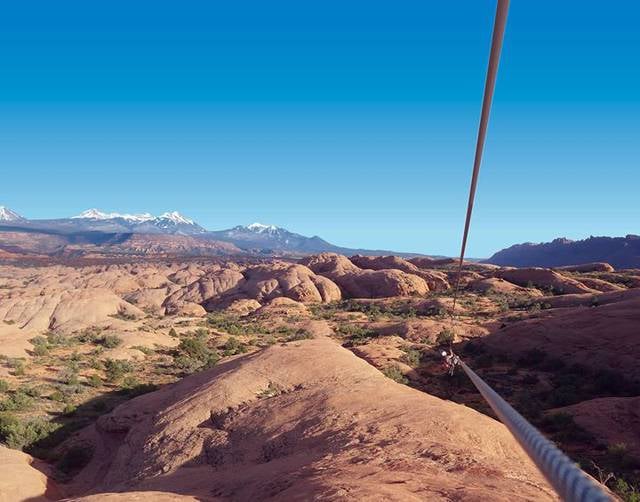
Adventure park, Outdoor activities, Tours
Address: 998 North Main Street, Moab